CountyLine 25 Ton Log Splitter Review: Power and Efficiency Combined
- May 1, 2023
- 0 comment
I’ve had the pleasure of using the CountyLine 25-Ton Log Splitter, and I’m excited to share my personal experience in this comprehensive review. This guide will cover its features, benefits, and drawbacks while comparing it with other popular log splitters. I’ll also include visuals and practical insights to help you decide if this is the right choice for your wood-splitting needs.
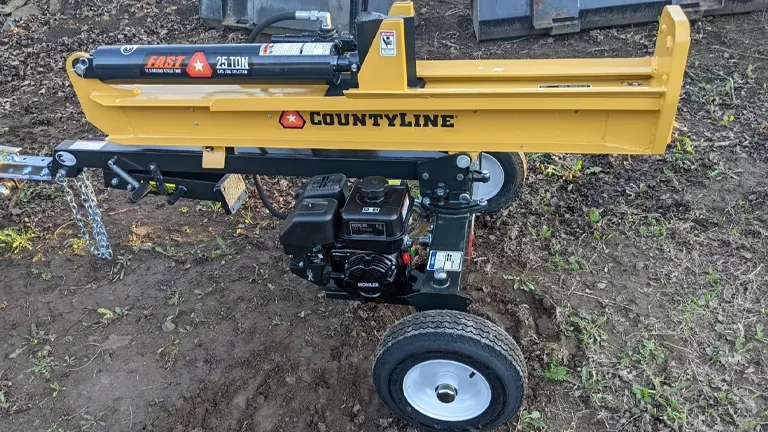
Performance
The CountyLine 25-Ton Log Splitter stands out for its impressive performance. Powered by the dependable Kohler SH265 6.5HP engine, this log splitter effortlessly handles logs up to 24 inches long and weighing up to 100 pounds. Its ability to operate in both vertical and horizontal positions adds versatility, making it ideal for various wood-splitting tasks.
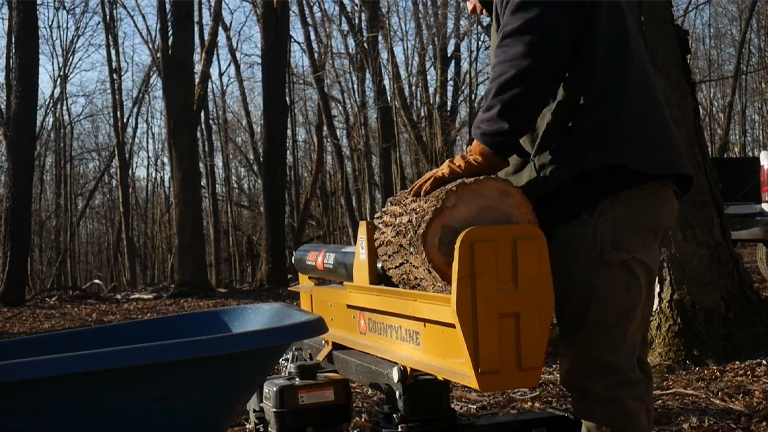
In my experience, testing this splitter on different wood types and sizes, it consistently delivered powerful, efficient results. Whether it’s hardwood or softwood, the CountyLine 25-Ton Log Splitter performed flawlessly, proving to be a reliable choice for tough jobs.
Engine Performance
The CountyLine 25-Ton Log Splitter is powered by the robust Kohler SH265 6.5HP engine, a key feature that ensures consistent power and torque. This engine excels at handling a wide range of wood types and log sizes, making it suitable for demanding tasks. Known for its reliability and long service life, the Kohler engine adds to the splitter’s overall performance and durability.
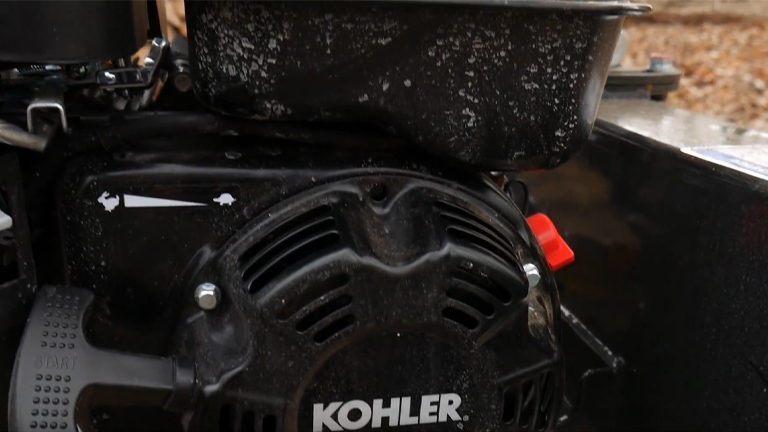
From my experience, the Kohler engine not only powers through tough logs with ease but also operates smoothly without unnecessary strain. Its reputation for dependability makes it a standout component of this log splitter, solidifying its value for heavy-duty wood splitting.
Splitting Force and Cycle Time
The CountyLine 25-Ton Log Splitter delivers a robust 25-ton splitting force, effortlessly handling logs up to 24 inches long and weighing up to 100 pounds. This impressive power allows it to tackle even the toughest hardwoods like oak, hickory, and maple with ease, making it a dependable choice for heavy-duty splitting tasks.
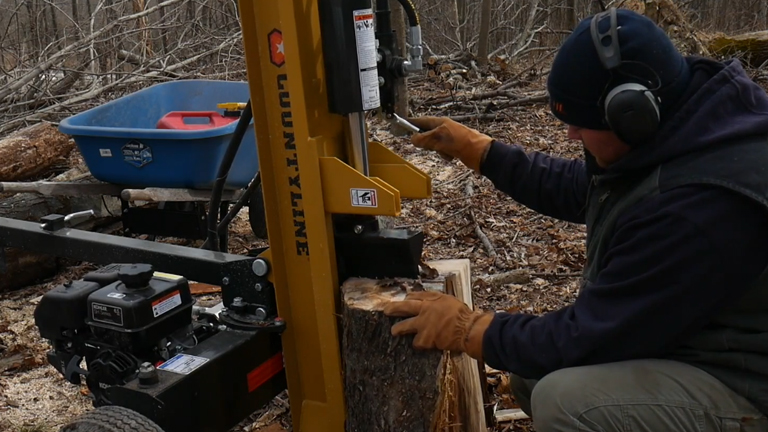
One standout feature is its 11.5-second cycle time, which significantly boosts productivity. This fast cycle time allows users to process logs quickly, saving both time and effort. Compared to other log splitters in its class, the CountyLine Log Splitter excels with its faster operation, making it an excellent choice for those managing high log volumes.
Hydraulic System
The CountyLine 25-Ton Log Splitter delivers a robust 25-ton splitting force, effortlessly handling logs up to 24 inches long and weighing up to 100 pounds. This impressive power allows it to tackle even the toughest hardwoods like oak, hickory, and maple with ease, making it a dependable choice for heavy-duty splitting tasks.
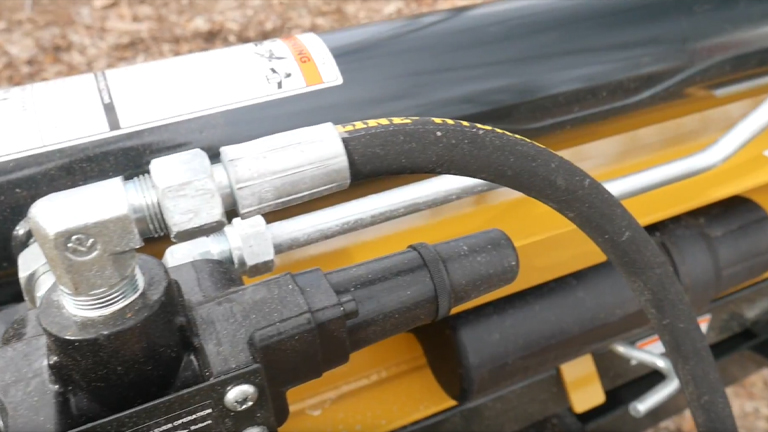
One standout feature is its 11.5-second cycle time, which significantly boosts productivity. This fast cycle time allows users to process logs quickly, saving both time and effort. Compared to other log splitters in its class, the CountyLine Log Splitter excels with its faster operation, making it an excellent choice for those managing high log volumes.
Versatility
One of the standout features of the CountyLine 25-Ton Log Splitter is its ability to operate in both vertical and horizontal modes, enhancing its overall functionality. The vertical operation is ideal for splitting heavy, oversized logs that are challenging to lift, while the horizontal mode works perfectly for standard-sized logs. This versatility allows the splitter to handle a wide range of tasks, making it a practical choice for users with diverse needs and preferences.
In my experience, switching between modes is seamless, and this flexibility makes the CountyLine Log Splitter a reliable tool for everything from routine splitting to tackling larger, more demanding jobs.
How does it feel(using it)?
The CountyLine 25-Ton Log Splitter offers a seamless user experience, thanks to its easy-start mechanism and 2-stage hydraulic pump. These features ensure smooth and consistent operation, making the splitting process hassle-free.
What stood out to me was its thoughtful design for user safety and convenience. The log cradle prevents logs from falling off during splitting, reducing the risk of accidents and improving efficiency. Additionally, the large, sturdy tires make transporting the splitter simple, whether you’re moving it across a job site or storing it for later use.
Comparison
In the world of log splitters, the CountyLine 25-Ton Log Splitter shines for its combination of power, efficiency, and user-friendly design. Its 11.5-second cycle time sets it apart, outperforming competitors like the Champion 25-Ton Horizontal/Vertical Full Beam Log Splitter, which has a slightly longer 12-second cycle time. This faster operation allows for increased productivity, making the CountyLine Log Splitter a top choice for those with demanding wood-splitting needs.
For those seeking a more modest option, the CountyLine 22-Ton Log Splitter serves as a reliable alternative. While it offers slightly less power, it still delivers excellent performance for less intensive tasks. Its lighter design and ease of use make it ideal for users who don’t need the full power of the 25-ton model but still value the reliability of the CountyLine brand.
This distinction between the two models gives users flexibility based on their needs whether prioritizing the higher power and faster operation of the 25-ton model or opting for the more compact and cost-effective 22-ton version.
Comparison with Competitors
When comparing the CountyLine 25-Ton Log Splitter to its competitors, the Champion 25-Ton Horizontal/Vertical Full Beam Log Splitter stands out as a close rival. Here’s how the two models stack up:
| Feature | County Line 25 Ton Log Splitter | Champion 25-Ton Log Splitter |
|---|---|---|
| Engine and Power | Kohler SH265 6.5HP engine, 24-inch log length capacity | 224cc Champion engine, 23.8-inch log length capacity |
| Cycle Time and Operation | 11.5-second cycle time, vertical and horizontal operation | 12-second cycle time, vertical and horizontal operation |
| User Experience and Design | Easy-start, 2-stage hydraulic pump, log cradle | Integrated log catcher, adjustable stroke return |
| Price | Higher price point | Lower price point |
Both the CountyLine 25-Ton Log Splitter and the Champion 25-Ton Horizontal/Vertical Full Beam Log Splitter boast powerful engines, but the CountyLine model takes the lead with its Kohler SH265 6.5HP engine. Renowned for its reliability and long lifespan, the Kohler engine enhances the CountyLine splitter’s durability and performance. Additionally, the CountyLine splitter supports longer logs, adding versatility for a wider variety of splitting tasks.
When it comes to cycle time, the CountyLine splitter outperforms with a faster 11.5-second cycle, enabling users to split more logs in less time compared to the Champion splitter’s 12-second cycle time. Both models allow for vertical and horizontal operation, providing the flexibility to handle various log-splitting scenarios with ease.
The design and user experience also set these models apart. The CountyLine splitter includes features such as an easy-start mechanism, 2-stage hydraulic pump, and a log cradle to enhance safety and efficiency. Meanwhile, the Champion splitter offers practical additions like an integrated log catcher and an adjustable stroke return, which streamline the splitting process. Both models are equipped with sturdy, large tires for effortless transportation.
Although the CountyLine 25-Ton Log Splitter comes at a higher price, its premium build quality, faster cycle time, and reliable Kohler engine make it a worthwhile investment for users who need a robust and efficient splitter. On the other hand, the Champion splitter remains a cost-effective option without sacrificing reliability, making it ideal for those on a tighter budget.
Benefits and Drawbacks
The main drawback of the County Line 25-Ton Log Splitter is its higher price point compared to some competitors. However, the splitter’s robust build quality and performance justify the investment. Additionally, the log splitter comes with a 1-year limited warranty, giving you peace of mind.
Here’s a table listing the pros and cons of the County Line 25-Ton Log Splitter:
| Pros | Cons |
|---|---|
| Powerful Kohler SH265 6.5HP engine | Higher price point compared to some competitors |
| Capable of splitting logs up to 24 inches and 100 pounds | |
| 11.5-second cycle time (faster than many competitors) | |
| Vertical and horizontal operation | |
| Easy-start mechanism | |
| 2-stage hydraulic pump for smooth operation | |
| Log cradle for user safety and convenience | |
| Large, sturdy tires for easy transportation | |
| 1-year limited warranty |
The CountyLine 25-Ton Log Splitter represents a significant upgrade from previous models, offering enhanced power, speed, and usability. Its updated design includes a more ergonomic handle and an improved hydraulic system, ensuring smoother operation and greater overall performance.
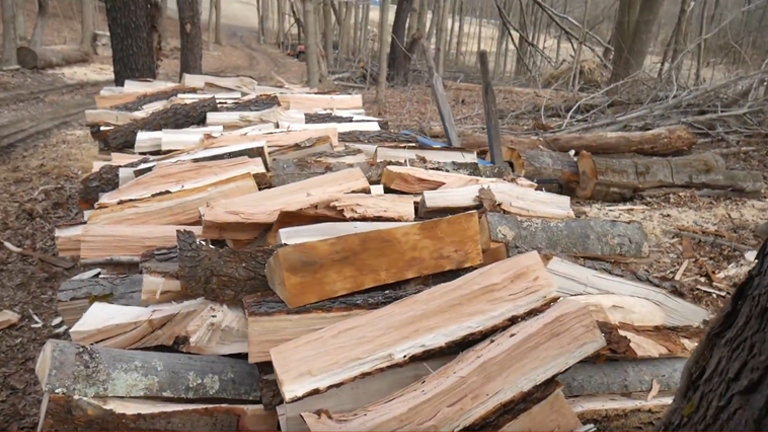
Whether for personal projects or professional use, the CountyLine 25-Ton Log Splitter stands out as a reliable, high-performing tool. Its combination of robust power, user-friendly features, and safety-focused design makes it a top contender in the 25-ton log splitter category. If you’re looking for a splitter that delivers efficiency, durability, and ease of use, this model is well worth the investment.
Frequently Asked Questions
- What kind of logs can the CountyLine 25-Ton Log Splitter handle?
The CountyLine 25-Ton Log Splitter can handle logs of various types and sizes. It is capable of splitting logs up to 24 inches in length and of varying diameters. However, the efficiency may depend on the hardness and dryness of the wood. - How long does it take to split a log?
On average, the CountyLine 25-Ton Log Splitter has a cycle time of about 15 seconds. This means it should take about 15 seconds to split one log, depending on the size and hardness of the wood. - What type of hydraulic fluid does the CountyLine 25 Ton Log Splitter use?
It typically uses a high-quality hydraulic fluid designed for high pressure and temperature variations. Check the user manual for the recommended type and specifications of the hydraulic fluid. - Can I operate the CountyLine 25-Ton Log Splitter alone?
Yes, the log splitter is designed to be operated by one person. However, it’s always safer and more efficient to have a helper who can assist in handling and positioning the logs. - How often should I change the hydraulic fluid?
For optimal performance, it’s recommended to change the hydraulic fluid after every 100 hours of operation or at least once per year. The user manual provides detailed instructions on how to change the fluid. - Can the CountyLine 25 Ton Log Splitter be used both vertically and horizontally?
Yes, the CountyLine 25-Ton Log Splitter has a versatile design that allows it to split logs in both vertical and horizontal positions. This makes it easier to split larger, heavier logs that would be difficult to lift onto a horizontal splitter. - Is the CountyLine 25 Ton Log Splitter towable?
Yes, it comes with a 2-inch hitch that allows it to be easily towed. However, it’s important to check the local towing laws and regulations, as the splitter may not be legal to tow on public roads in some areas. - Does the CountyLine 25 Ton Log Splitter come with a warranty?
Typically, the log splitter comes with a limited warranty. However, the specifics of the warranty including its duration and what it covers can vary, so it’s best to check with the retailer or manufacturer directly. - What safety measures should I take when using the CountyLine 25-Ton Log Splitter?
Safety measures include wearing safety goggles, gloves, and sturdy footwear. Avoid loose clothing that could get caught in the machine. Make sure to keep hands and feet away from the moving parts of the machine, particularly the area where the log is split. It’s also advisable to read and follow all safety instructions provided in the user manual. - What maintenance does the CountyLine 25 Ton Log Splitter require?
Regular maintenance includes checking and replacing the hydraulic fluid, checking the hydraulic hoses for wear and tear, keeping the engine clean, and regularly inspecting the log splitter for any damage or loose components. Always refer to the user manual for detailed maintenance instructions.

John Carlos
Forestry AuthorThe beauty of logging isn't just about felling trees. It's about understanding nature, mastering the art of chainsaws, and respecting the environment. I believe in sharing my experiences and knowledge, ensuring that we move towards a sustainable future together.

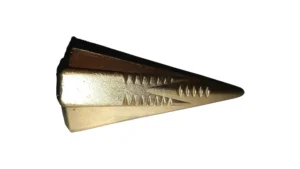
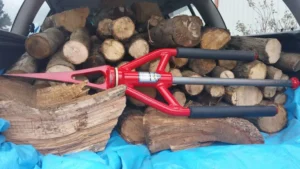
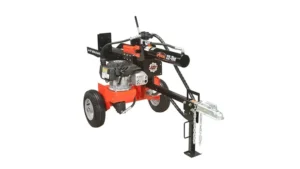
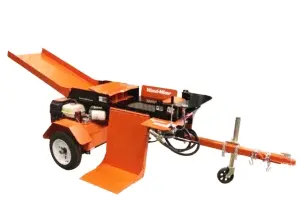

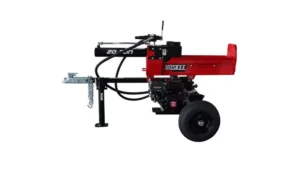
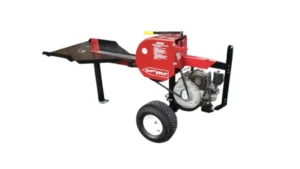
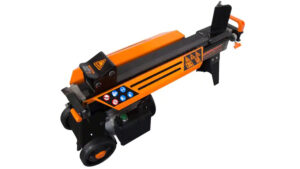
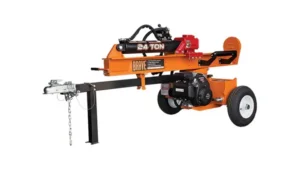
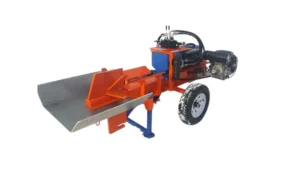
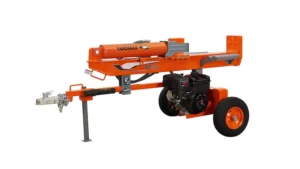

Leave your comment